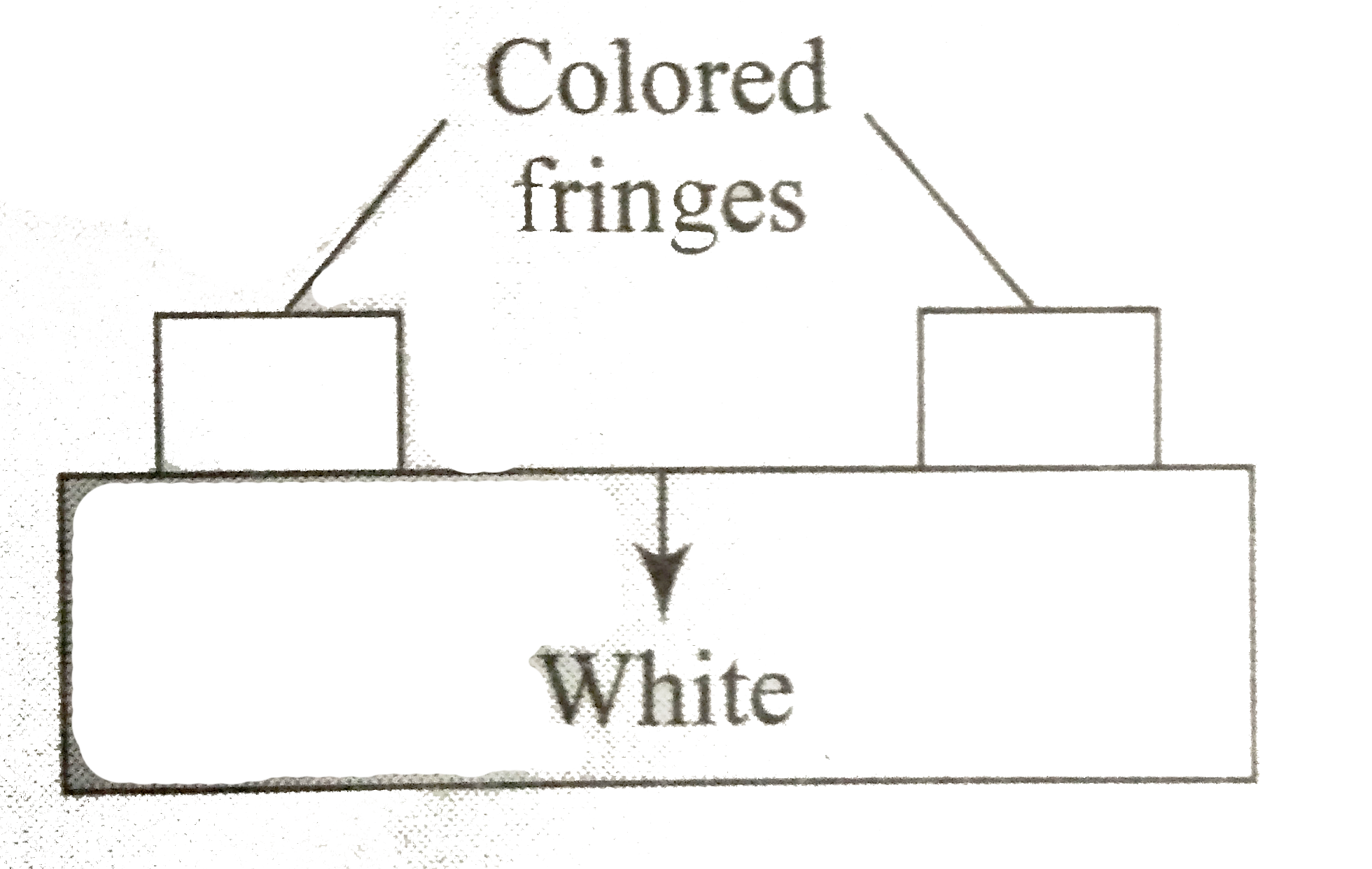Figure 2.39 shows a photograph that illustrates the kind of interference fringes that can result when white light, which is a mixture of all colors, is used in Young's experiment, Except for the central fringe, which is white, the bright frings are a rainbow of colors. Why does Young's experiment separate white light into the constituent colors? In any group of colored fringes, such as the two singled out in the figure, why is red farther out from the central fringe than green is? And finally, why is the central fringe white rather than colored?

To understand how the color separation arises, we nee to remember that each color corresponds to a different wavelength λ and the constructive and destructive interference depend on the wavelength. According to equation sinθ=mλ/d, there is a different angle that locates a bright fringe lead to the separation of colors on the observation screen. In fact, on either side of the central fringe, there is one group of colored fringes for m=1 and another for each value of m.
Now, consider what it means that, within any single group of colored fringes, red is farther out from the central fringe then green is. It means that, in the equation sinθ=mλ/d, red light has angle θ greater than green light does. Does this make sense ? Yes, because red has the larger wavelength λred=600nm and λgreen=550nm.
In Fig. 2.39, the central fringe is distinguished from all the other colored fringes by being white. In Eq. (i), the central fringe is different from the other fringes because it is the only one for which m=0. Eq.(i), a value of m=0 means that sinθ=mλ/d=0, which reveals that θ=0∘, no matter what the wavelength λ is. In other words. all wavelengths have a zeroth order bright fringe located at the same place on the screen, so that all colors strike the screen there and mix together to produce the white central fringe.
Topper's Solved these Questions
- BOOK - CENGAGE PHYSICSCHAPTER - WAVE OPTICSEXERCISE - Solved Examples10videos
WAVE OPTICS
- BOOK - CENGAGE PHYSICSCHAPTER - WAVE OPTICSEXERCISE - Exercise 2.112videos
WAVE OPTICS
- BOOK - CENGAGE PHYSICSCHAPTER - THERMODYNAMICSEXERCISE - QUESTION BANK34videos
THERMODYNAMICS
- BOOK - CENGAGE PHYSICSCHAPTER - WAVESEXERCISE - QUESTION BANK38videos
WAVES
Similar Questions
How does the fringe width of interference fringes change, when the whole apparatus of Young's experiment is kept in a liquid of refractive index 1.3 ?
View SolutionHow does the fringe width of interference fringes change, when the whole apparatus of Young's experiment is kept in a liquid of refractive index 1.3 ?
View Solution
Knowledge Check
- Question 1 - Select One
In Young’s double slit experiment, the central bright fringe can be identified
ABy using white light instead of monochromatic lightBAs it is narrower than other bright fringesCAs it is wider than other bright fringesDAs it has a greater intensity than the other bright fringes - Question 2 - Select One
In a Young's double-slit experiment, the central bright fringe can be identified
AAs it has greater intensity than the other bright fringesBAs it is wider than the other bright fringesCAs it is narrower than the other bright fringesDBy using white light instead of monochromatic light - Question 3 - Select One
The distance of nth bright fringe to the nth dark fringe in Young's experiment is equal to
A3λD2dB2λDdCλD2dD(λDd)
Three lights of red, blue and green colour are used successively in Young's experiment. For which colour, the fringe width is maximum ?
View SolutionIf white light is used in a Young's double slit experiment,
View SolutionIf white light is used in Young's double slit experiment, then a few coloured fringes can be seen
View SolutionIn Young's double slit experiment, the interference bright fringes are of:
View SolutionIn Young's interference experiment, the central bright fringe can be indentified due to the fact that it
View Solution
